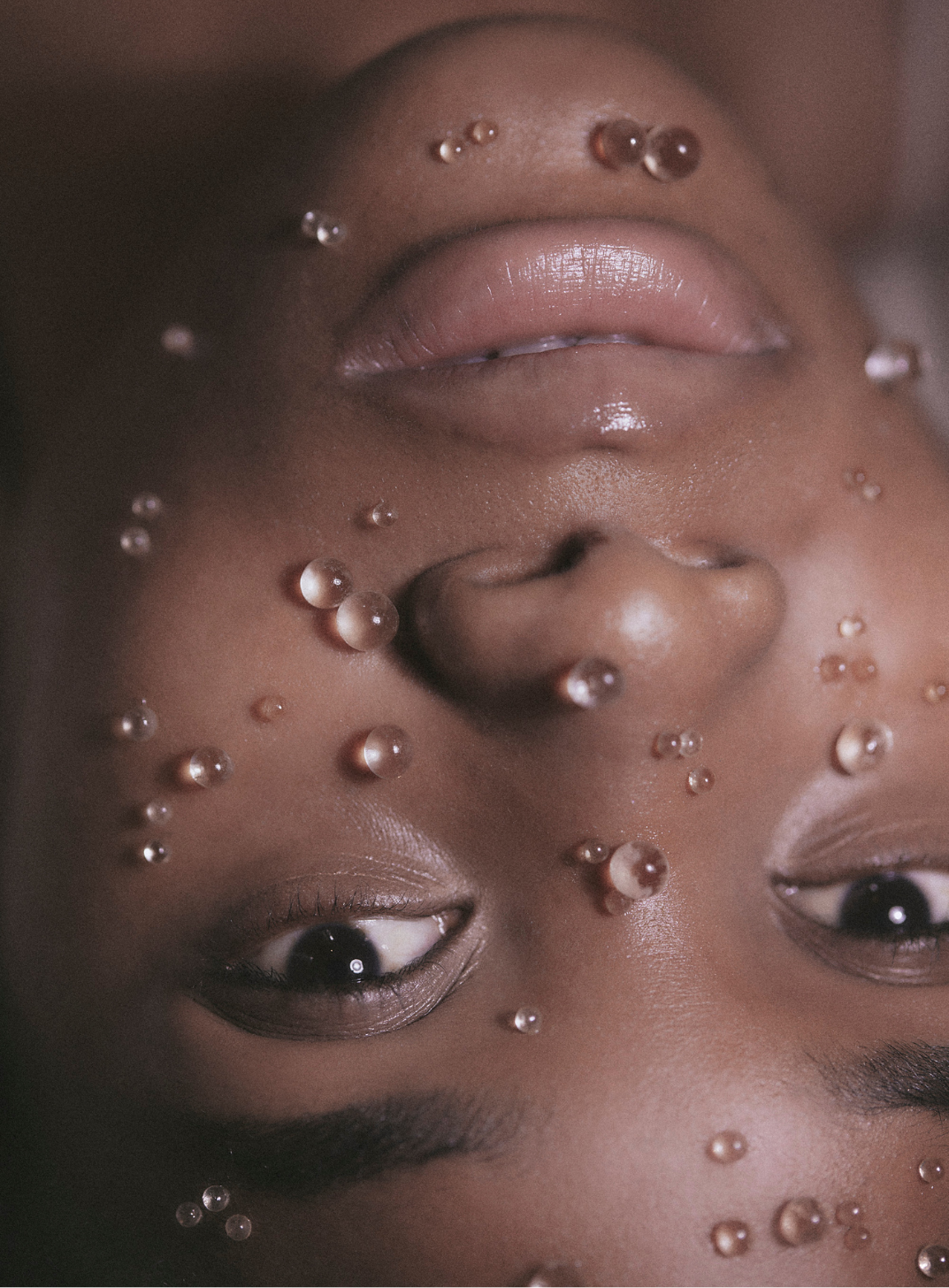What Is The Liquid Rhinoplasty?
We investigate one of the latest aesthetic injectable treatments now available in Australia–the liquid rhinoplasty.
It’s no secret that injectables have become more mainstream over the last decade. Thanks to innovations in formulas and technology, the results have become more refined and they can now be used to achieve a number of different looks and for a number of different reasons. One of the newer uses of injectables is for a non-invasive rhinoplasty or ‘nose job’. Here, we breakdown exactly what the liquid rhinoplasty is, what it entails and how it came to be.



Reasons Why People Opt For The Liquid Rhinoplasty
One of the main reasons why experts are seeing patients opt for the liquid rhinoplasty is if they have already been considering surgery for quite some time. As it is a non-invasive procedure, it requires a lot less downtime than a traditional rhinoplasty. Secondly, for some women, baby steps with cosmetic treatments are enough. We spoke to Dr. Frank Lin, specialist plastic surgeon from Eastern Plastic Surgery in Melbourne, to get the lowdown.
What Changes To The Nose Can A Liquid Rhinoplasty Make?
The liquid rhinoplasty cannot make the nose look smaller but it can raise the tip of the nose to give the illusion of a straighter shape. It can also even out any irregular bumps on the dorsal of the nose (aka the bridge of the nose) or improve the dorsal hump as well as lengthen it. This part of the nose has the most impact on the appearance of the nose generally, so is why a lot of people opt for the liquid rhinoplasty before committing to surgery. The liquid rhinoplasty cannot make any difference to any breathing problems that someone’s nose may be causing either, so it’s important to consult your doctor or specialist to understand which option is best for you.
What Are The Risks?
The liquid rhinoplasty procedure requires a far greater knowledge of the anatomy and physiology of the face, as well as excellent technical skills. The results can be very pleasing but in untrained hands this procedure offers greater risk than most other cosmetic injectable procedures. Dr. Lin says that you should make sure the clinician has done a lot of liquid rhinoplasties and that they also have more advanced training in anatomy and physiology. In short: research is key to getting the results you’re after.
What Should Your Clinician Do To Minimise Risks?
Dr. Lin takes the pre-treatment assessment very seriously. He uses an ultrasound to pinpoint blood vessels and nerves so he is able to avoid them during the procedure. Even though he is extremely well versed in the anatomy and physiology of the face, the ultrasound just gives him that extra reassurance. Dr. Lin also spends time with the patient discussing what they hope to change about their nasal appearance. He finds that when he spends time with the patient to work out what can be achieved, they are always much happier with the finished result.
How Long Does It Take To See Results?
Results are apparent as soon as the procedure is completed as there is very little swelling or bruising afterwards. The procedure itself usually takes only about thirty minutes. Talk about efficiency!
What Is Used For This Treatment?
This might sound surprising but it’s actually hyaluronic acid that is used for the liquid rhinoplasty procedure. For this particular treatment, the thickest form of hyaluronic works best. If the solution is too thin it will have no aesthetic impact. The good thing about these fillers is that there is also room for error; if slightly too much is injected, it can be dissolved easily.
How Long Will The Results Last?
The results can last from six months up to two years depending on the individual.
Important Considerations
If someone regularly wears glasses, it is suggested for the first two weeks after the procedure that they use contact lenses instead, as the heavy pressure on the nose can cause the injected solution to either move slightly or to adhere to the skin, greatly reducing the desired result. Sunbathing during those two weeks should also be avoided as this can cause greater swelling of the nose as the solution is settling.












Comments